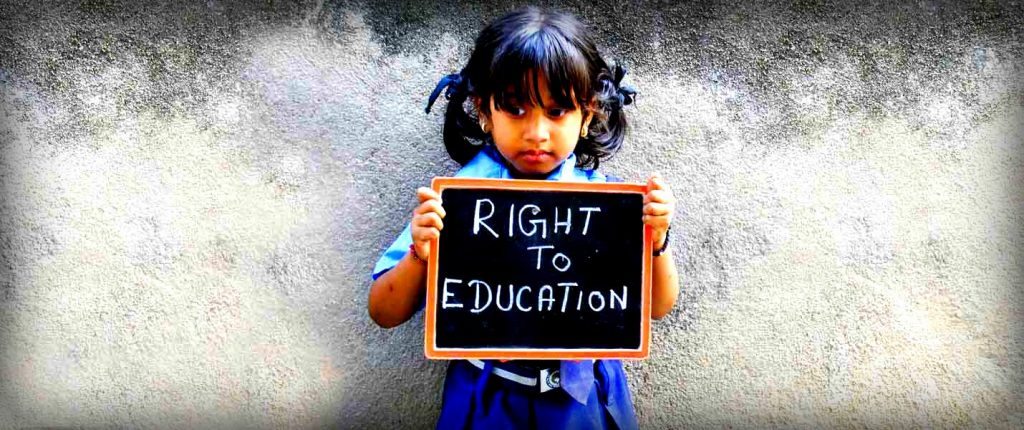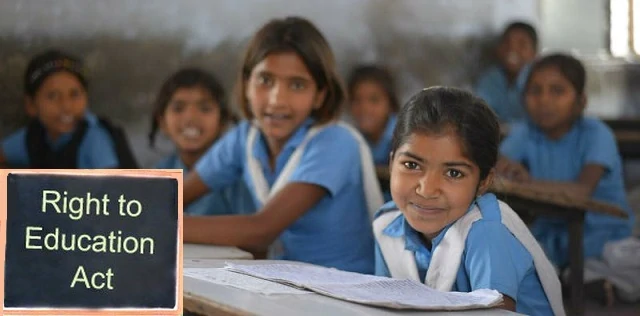In a world where education is the key to unlocking opportunities and propelling growth, the Right to Education (RTE) Act is a landmark legislation designed to ensure that every child, regardless of their socio-economic background, has access to quality education. Enacted in 2009, the RTE Act aims to bridge the gap between the haves and have-nots, providing a supportive environment for children to thrive and realize their full potential. In this article, we’ll go into the essence of the RTE Act and explore who benefits from this remarkable legislation.
What Is the RTE Act?
The RTE Act is a comprehensive law that outlines the vision and strategy for elementary education in India. The Act is designed to promote equality of opportunity and the enjoyment of the right to education by all children, without discrimination on any grounds, such as sex, caste, class, or disability. The RTE Act emphasizes the importance of inclusive education, recognizing that children with disabilities, girls, and children from disadvantaged backgrounds require special support to overcome social and economic barriers.
Key Provisions of the RTE Act

The RTE Act has several key provisions that focus on strengthening the education system and ensuring that every child has access to quality education. Some of the key provisions include:
* Right to free and compulsory education for all children aged 6 to 14 years
* Emphasis on inclusive education, including children with disabilities
* Emphasis on teacher training and capacity building
* Provisions for monitoring and evaluation of schools and teachers
* Mechanisms for tackling dropouts and out-of-school children
Who Benefits from the RTE Act?
The RTE Act benefits various stakeholders, including:
* Children: The Act ensures that every child, regardless of their socio-economic background, has access to quality education, enabling them to develop their skills, knowledge, and values.
* Teachers: The Act emphasizes teacher training and capacity building, enabling educators to deliver high-quality education and support children’s growth.
* Parents: The Act ensures that parents have a say in their child’s education and can participate in decision-making processes.
* Educational Institutions: The Act provides a framework for educational institutions to follow, ensuring that they focus on providing quality education and nurturing a supportive learning environment.
* Society: The Act helps create a more equitable and just society by empowering children from disadvantaged backgrounds and promoting social cohesion.
The Right to Education Act is a crucial legislation that has the potential to transform the education terrain in India. By providing a supportive environment for children to learn and grow, the Act can help bridge the gap between the haves and have-nots. As the world becomes increasingly complex, it’s essential that we prioritize education as a fundamental human right, and the RTE Act is a step in the right direction. By working together, we can create a future where every child has access to quality education, empowering them to reach their full potential and contribute to a brighter future for all.


